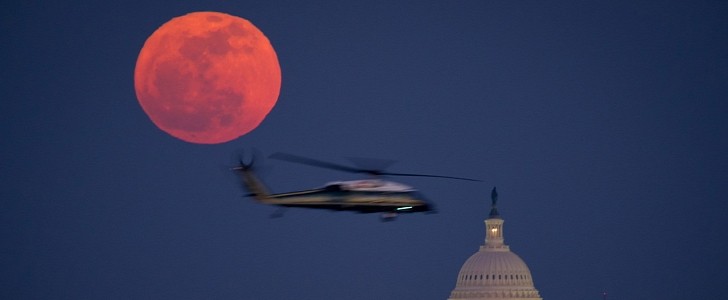Before we can enjoy this celestial event, we will have an encounter with the June solstice, which will give us the green light to welcome the summer season in the Northern Hemisphere and the winter season in the Southern Hemisphere.
The summer solstice will occur on Sunday, June 20th, at 11:32 p.m. EDT and it will mark the official astronomical end of spring and the beginning of summer. Sunday will also be the longest day of the year in the Northern Hemisphere. We will start to see early dawns, long days, late sunsets, and shorter nights.
NASA predicts that the next Supermoon will appear on Thursday, June 24th. The term "Supermoon" usually refers to when a full Moon's orbit is closest to Earth. From the observer's perspective, our natural satellite will appear brighter and larger than a usual full moon.
We'll see it shine on our night sky for about three days, from early Wednesday morning through early Saturday morning. According to the Farmer's Almanac, the Strawberry Moon will reach peak illumination at 2:40 p.m. EDT on June 24th but will not be visible until the evening, when it will rise above the horizon.
So get ready for the year's last Supermoon! Grab your camera and capture some stunning images of the golden satellite, which will be visible in all of its glory next week. If you're looking for some tips and tricks to get the best shot (whether with a professional camera or just your smartphone), NASA has some good suggestions on how to do that.
https://ift.tt/3wMkuR9
Science

No comments:
Post a Comment